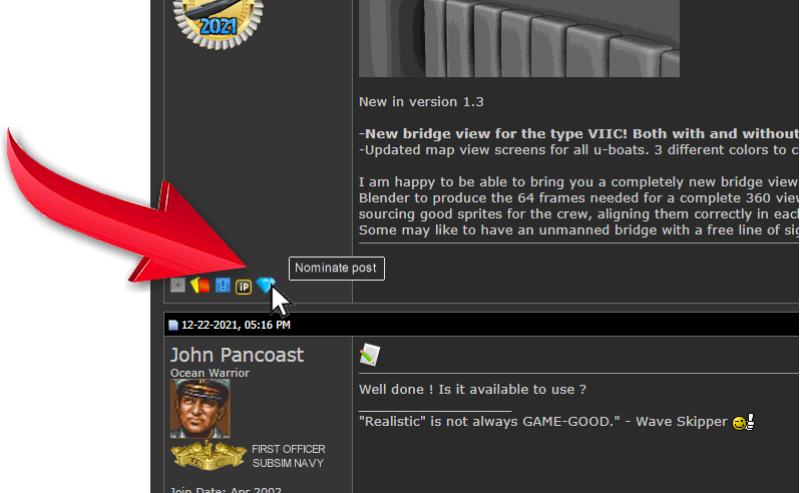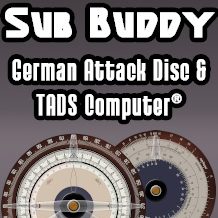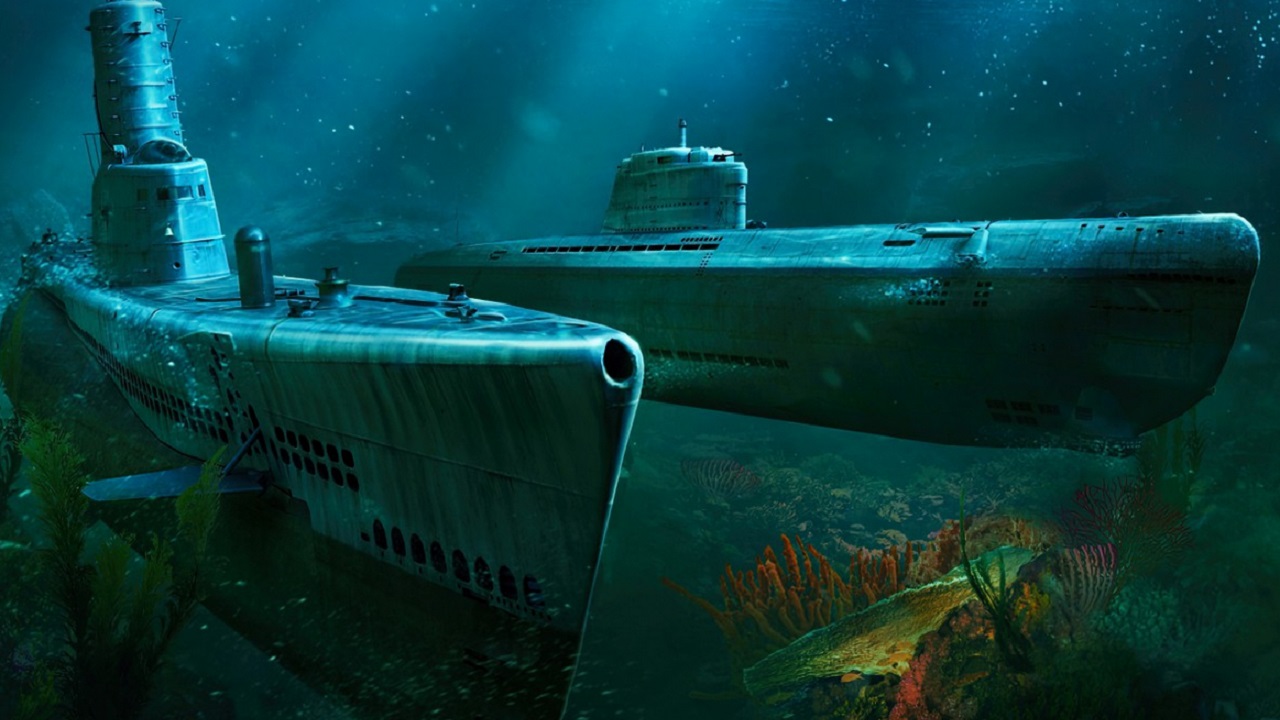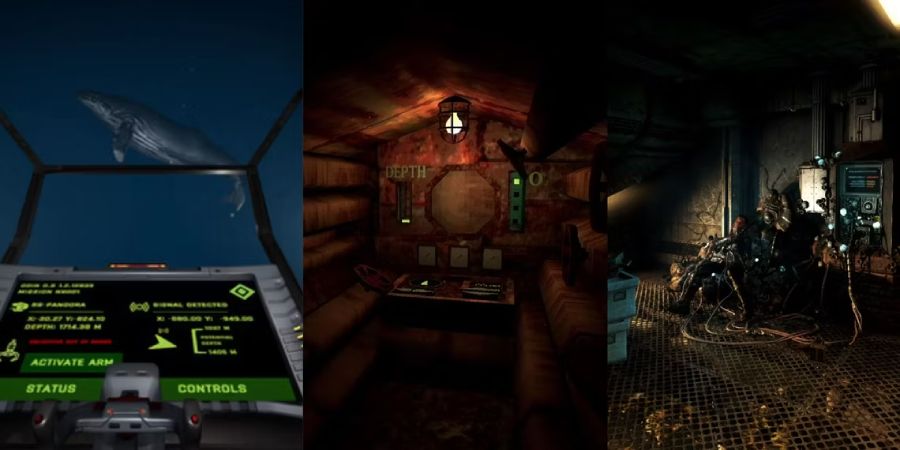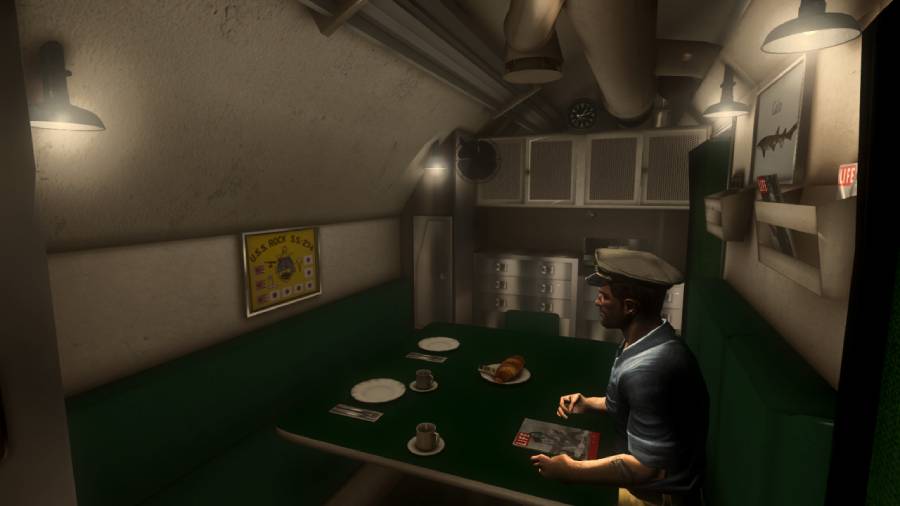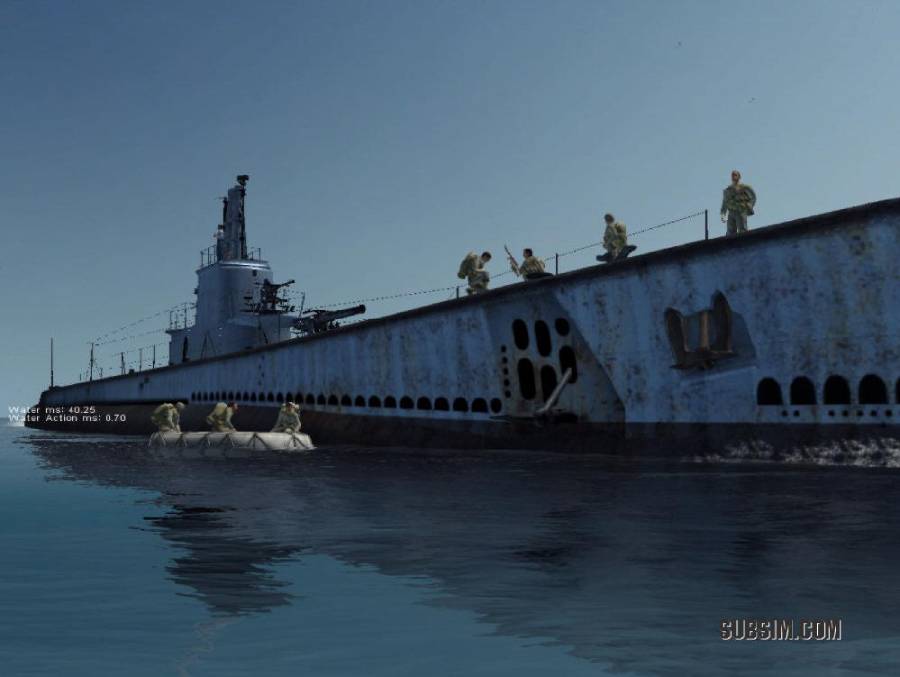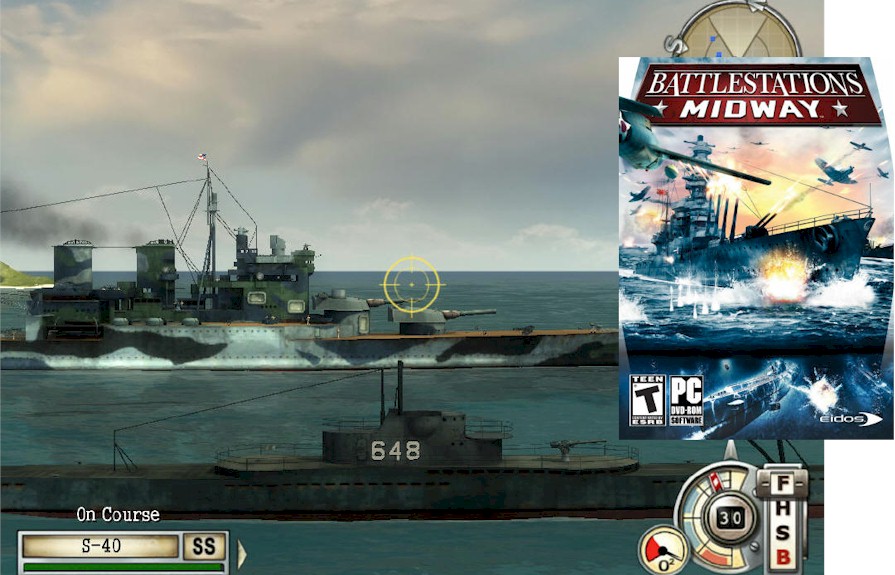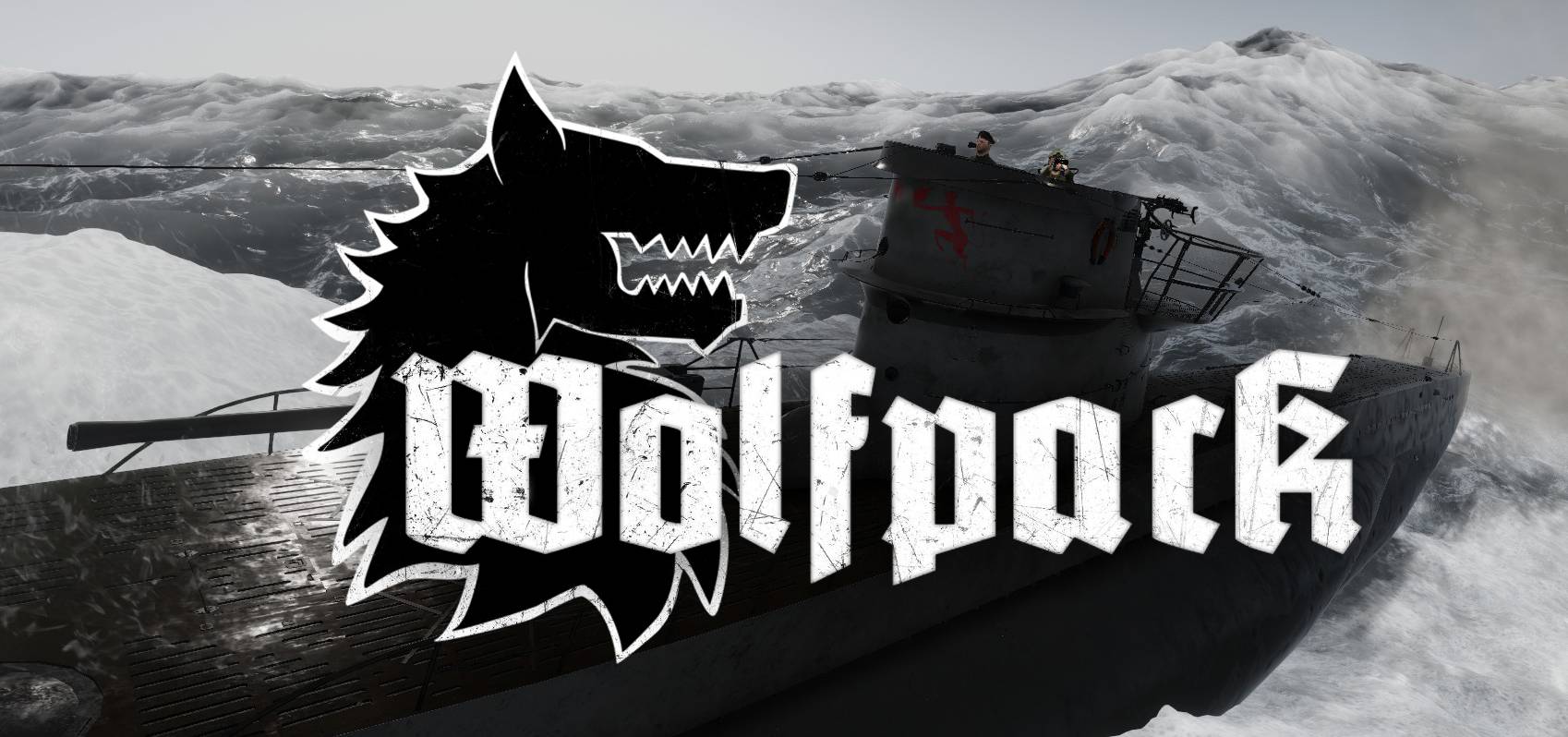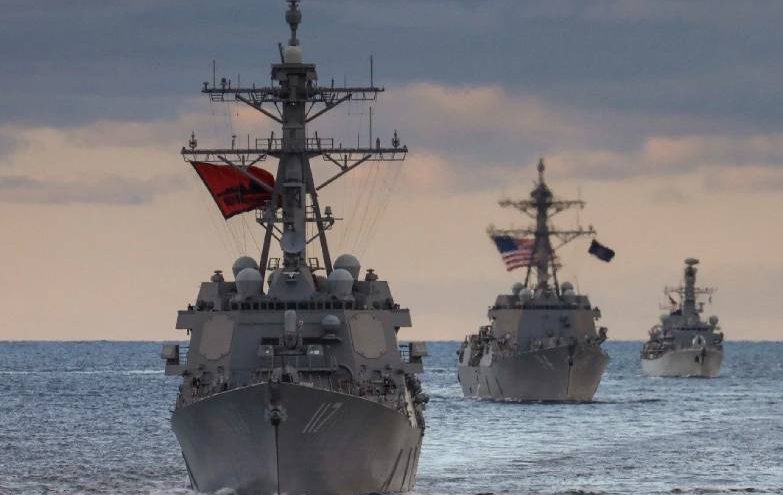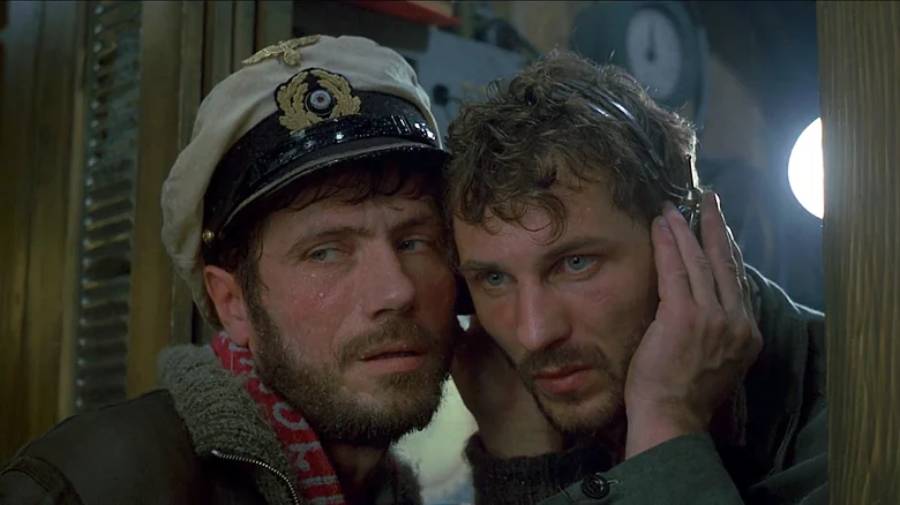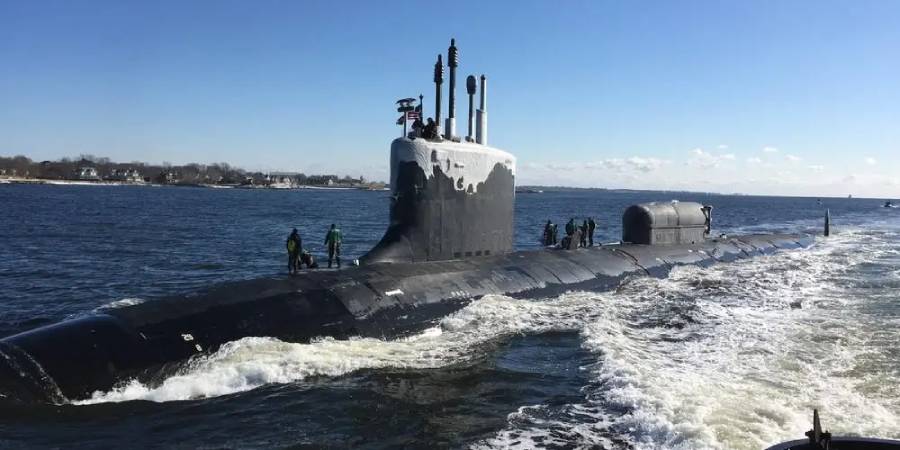
 Diving Stations: The Story of Captain George Hunt & the UltorAuthors: Peter Donan Diving Stations: The Story of Captain George Hunt & the UltorAuthors: Peter DonanPublisher: Pen & Sword Year: 2010 Reviewer: Neal Stevens, SUBSIM Following my review of Midget Submarine Commander, it seemed natural I would dive into another work on the exploits of one of the Royal Navy’s finest submarine commanders. Like Godfrey Place, Captain George Hunt, DSO, DSC was a standout in the Mediterranean. Captain George Hunt, who died on August 16, 2011 at the age of 95, sank more enemy ships than any other British submarine captain in WWII. Hunt was the son of a chartered accountant stationed in Uganda. He began his naval career as an indentured cadet in the Merchant Navy at 16. By age 21, with WWII only two years away, he stepped forward and joined the Royal Navy. In January 1939, Hunt was selected for submarine duty. A year later Lt. Hunt’s submarine career was almost snuffed out before it began. The sub he was serving on, HMS Unity, was was rammed by a Norwegian freighter and sunk. Hunt and most of the crew survived the incident. Another parallel in the careers of Hunt and Godfrey Place; they both served with the Polish submarine hero Borys Karnicki. Hunt was assigned to the HMS Urchin as the Liaison Officer prior to Place, before the Urchin was renamed as Sokol and began her storied career. Hunt went next to serve as First Lieutenant aboard HMS Proteus. They carried out one of the first submarine radar attacks in the Aegean Sea. During Proteus‘ sixth patrol, there is a really neat exploit described in the book where Proteus and an Italian destroyer surprised each other with a close encounter in a dark, stormy night. While Captain Phillip Francis on the bridge was calling frantic maneuvering commands down the voice tube to the helmsmen, Hunt called up to remind the captain they were still running on batteries, not the diesels. Captain Francis “called back down the pipe, “You wouldn’t be worried about the bloody batteries if you were up here!“. The sub and destroyer mutually rammed each other, and the sub’s bow plane served as a dagger to the escort’s side. Action in the Med was no less dangerous than action in the Atlantic for U-boats and the Pacific for US Fleet Boats. Enemy targets were generally guarded by more escorts than the number of merchants they escorted. The Germans utilized the Med to supply their troops in North Africa, and the fortress and port of Malta, being the only Allied base between Gibraltar and Alexandria, were key. The Royal Navy was determined to make the Germans pay dearly for their adventures in Africa and the Her Majesties’ submarines played a significant role. In 1942, Hunt attended the Perisher Course and assumed command of an aging H-boat. By October, he was given command of a new construction sub, which he named Ultor after Mars, the god of war. After a short spell in the Arctic, Hunt was back in the Med. His first success would not take long. His torpedoes found two enemy merchant in his first attack. During his command of Ultor, Hunt was known to sink the merchants and then turn his sights on the escorts. Hunt exhibited phenomenal skill in the planning of his attacks, and had a particular genius for firing solutions. Nearly 50% of his torpedoes found their mark. In one attack, he was able to hit two ships with one magnetic torpedo. Hunt was not shy about penetrating enemy harbors and braving anti-submarine nets and defenses. In one attack, Hunt penetrated a screen of nine escorts and five patrol aircraft to sink a single merchant ship. Hunt was cited by his superiors as commanding his attacks with “unsurpassed” daring and brilliance and was rewarded with the Distinguished Service Cross with bar and Distinguished Service Order with bar. By the end of the war, targets grew less frequent and smaller. Hunt pursed them with the same vigor and resourcefulness until it was all over. Diving Stations is factually written in a journalistic style that not only paints a complete picture of the career of Captain Hunt and the famous Ultor, buy also highlights many elements of the Allied invasion of Italy and siege of Malta. Together with Midget Submarine Commander, they serve as a pair of historical works that fit nicely into the annals of the Royal Navy submarine war in the Mediterranean. |




